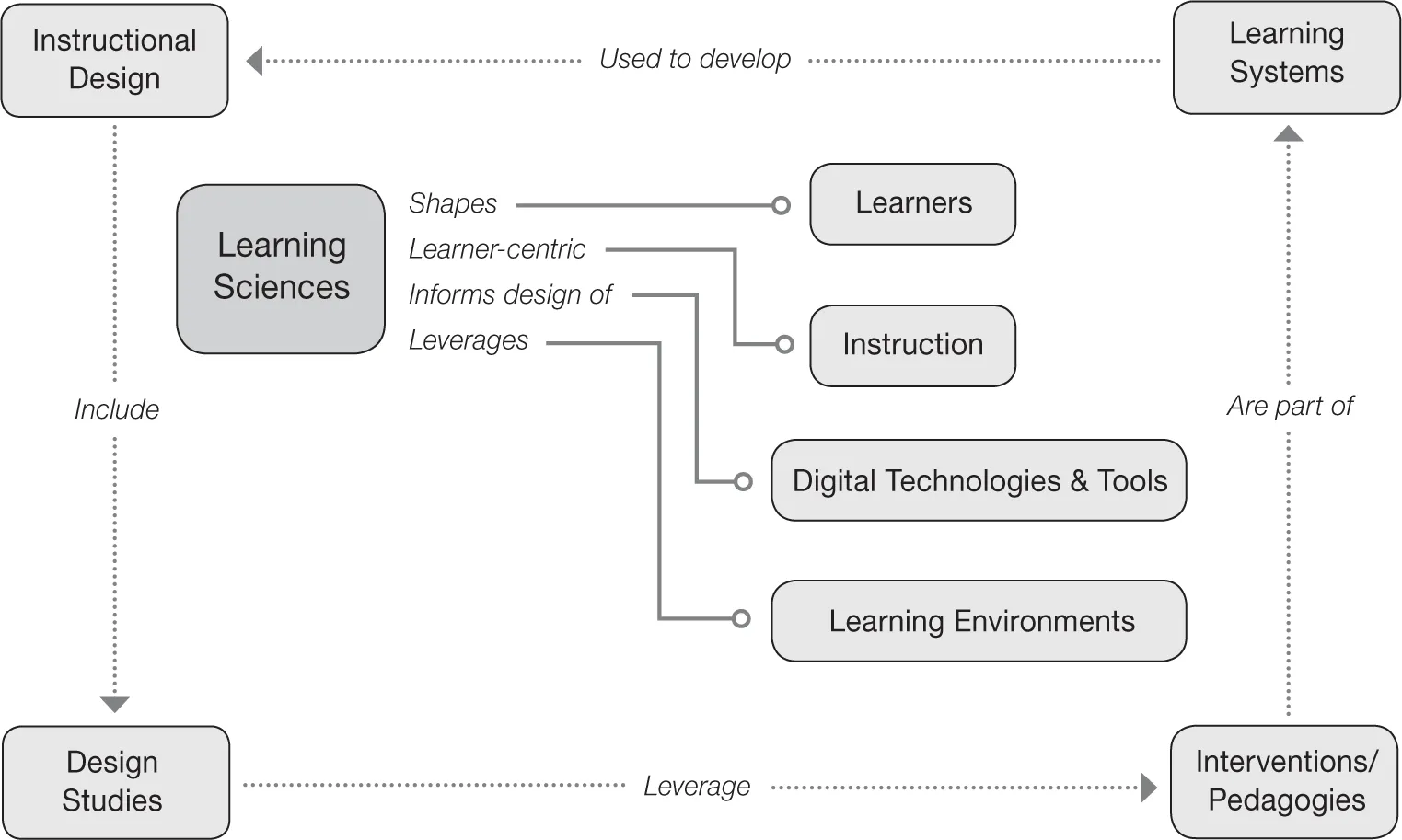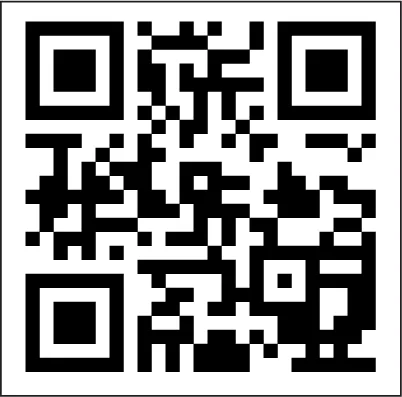
Design Ed
Connecting Learning Science Research to Practice
Angela Elkordy, Ayn Keneman
- English
- ePUB (apto para móviles)
- Disponible en iOS y Android
Design Ed
Connecting Learning Science Research to Practice
Angela Elkordy, Ayn Keneman
Información del libro
Design Ed provides a foundation for the science of learning and shows how to apply design thinking strategies to drive engagement for digital age learners. Researchers in learning sciences are pioneering instructional technologies that have the capacity to revolutionize the educational system. By combining design thinking methodology with strong theoretical frameworks in the learning sciences, educators can improve learning to help students thrive. This book lays out the intersection between theory, design and reflective practice to help educators understand individual learner differences and the impact of context upon learning. With this foundation, you'll develop the skills you need to design powerful and effective learning experiences, particularly when using digital technologies.Topics covered include:
- Educators as learning designers
- Shaping experiences for digital age learning through digital media and digital environments
- Design and format of educational interventions
- The role of reflective practice and evaluating the impact on student learning
Throughout the text, the authors emphasize the "why" behind the use of technology and the "how" to enact learning design for all digital age learners. Audience: K-12 educators, curriculum specialists
Preguntas frecuentes
Información
PART I
Lessons from the Field: Learning, Design and Technology

THIS SECTION:
CHAPTER 1

